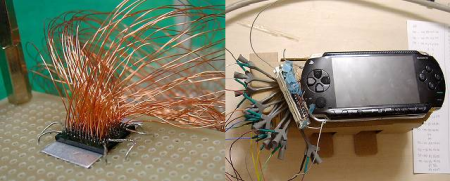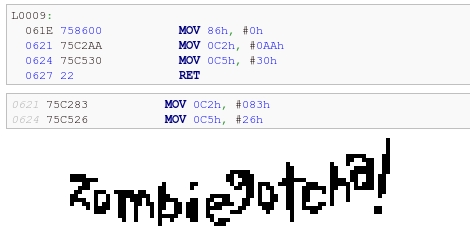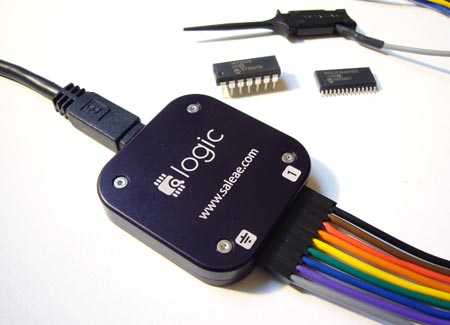
The original PSP may be old news but there is an interesting relic of a website (translated) dedicated to the reverse engineering of a PSP (and exploring Saturn?). To determine the true capabilities of the PSP they desoldered most of the ball grid array chips and then hand soldered 157 jumper wires to allow for direct memory access. In later pictures it shows the PSP hooked up to external hardware for on the fly memory modification. Unfortunately the details are sparse and it doesn’t appear as if they will be updated anytime soon because the website has been “deleted and freezed because of spam. may ineffaceable curse prevail on the spammers.” Still this doesn’t detract too much some very impressive soldering.














